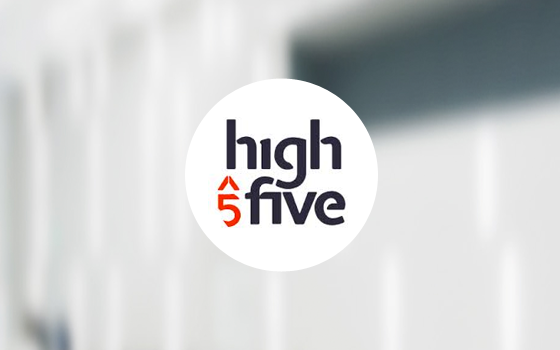Just a quick post to point out this interview with Courtyard Marriott VP Brian King, in which he discusses how Marriott used prototyping to overhaul the lobbies of their Courtyard hotels. I found their redesign process interesting as a real-world version of what Newfangled does for websites in our own prototyping process. The rationale sounds familiar; explaining why Marriott tested with a white foam mockup rather than a fully realized model of the new lobby, King says, “We didn’t want feedback on color choices, like blue versus red. Instead we wanted feedback on using welcome pedestals, rather than a clunky front desk.” Similarly, our prototypes are missing color and most other design elements, because we want to start by working out the site’s information architecture and functionality separately from those kinds of blue-vs-red questions
The other facet of Marriott’s process that struck a chord with me was what happened before prototyping even started. An extensive user research phase supplied the goals that the prototype was based on, and the user research in turn was made possible by focused positioning. As King explains: “We started by determining our target customer segment, which is FBT – frequent business travelers. They make up less than 5% of the US population, so it’s a small consumer set, yet they’re the most profitable of all travelers, since they travel the most, travel midweek, and pay the highest rates.” Rather than doing pretty well for a general audience, Courtyard identified the specific demographic they wanted to excel with, got to know them, designed with them in mind, and met with what King describes as “spectacular” success. This kind of tight positioning is one of the factors Newfangled looks for when performing a site review for a new project. We also follow our own advice by focusing our own work on partnering with marketing and design agencies. This isn’t to say that we can’t build a great site for a non-agency client, or that Courtyard can’t provide a good experience for non-business travelers–but identifying the audience more specifically makes it possible to really target their needs and produce a site that will excel instead of sufficing.
(Hat tip UIE)


